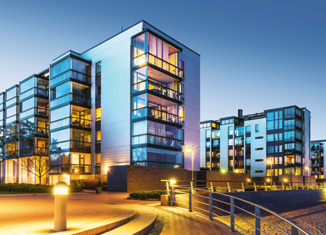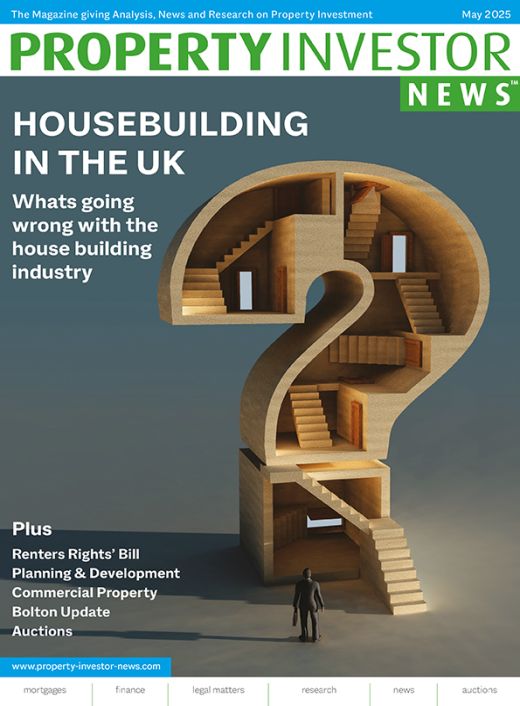The Levelling Up Bill is now back on the political agenda, albeit not without controversy. One of its key policies is for an Infrastructure Levy: ‘a simple, non-negotiable, locally-set Infrastructure Levy will ensure that developers pay their fair share to deliver the infrastructure that communities need’. Grant Leggett, Head of Boyer London describes how the proposed Infrastructure Levy is likely to impact on planning and development following the enactment of the Bill.
The Infrastructure Levy is intended to replace CIL, Section 106 and affordable housing contributions with a single flat-rate levy based on the final sale values of a development, and would be calculated on a final gross development value of a scheme or phase of a scheme.
So, as it stands, a levy (CIL), in-kind developer contributions (S106) and affordable housing would be replaced with a higher levy and in-kind developer contributions (which may or may not include affordable housing).
I welcome a change to what is a broken system. But unfortunately, the Infrastructure Levy doesn’t achieve this. Private developers and housebuilders are not best placed to deliver affordable housing and most recognise this, either selling off plots allocated for affordable housing or working with an RSL as a delivery partner.
Furthermore, in the years that pass between planning permission and the signing of a S106 agreement, market or legislative conditions move on. This can have significant impacts on the financial viability of a development, which in practice often results in a scheme only becoming viable through a reduction in affordable housing.




















